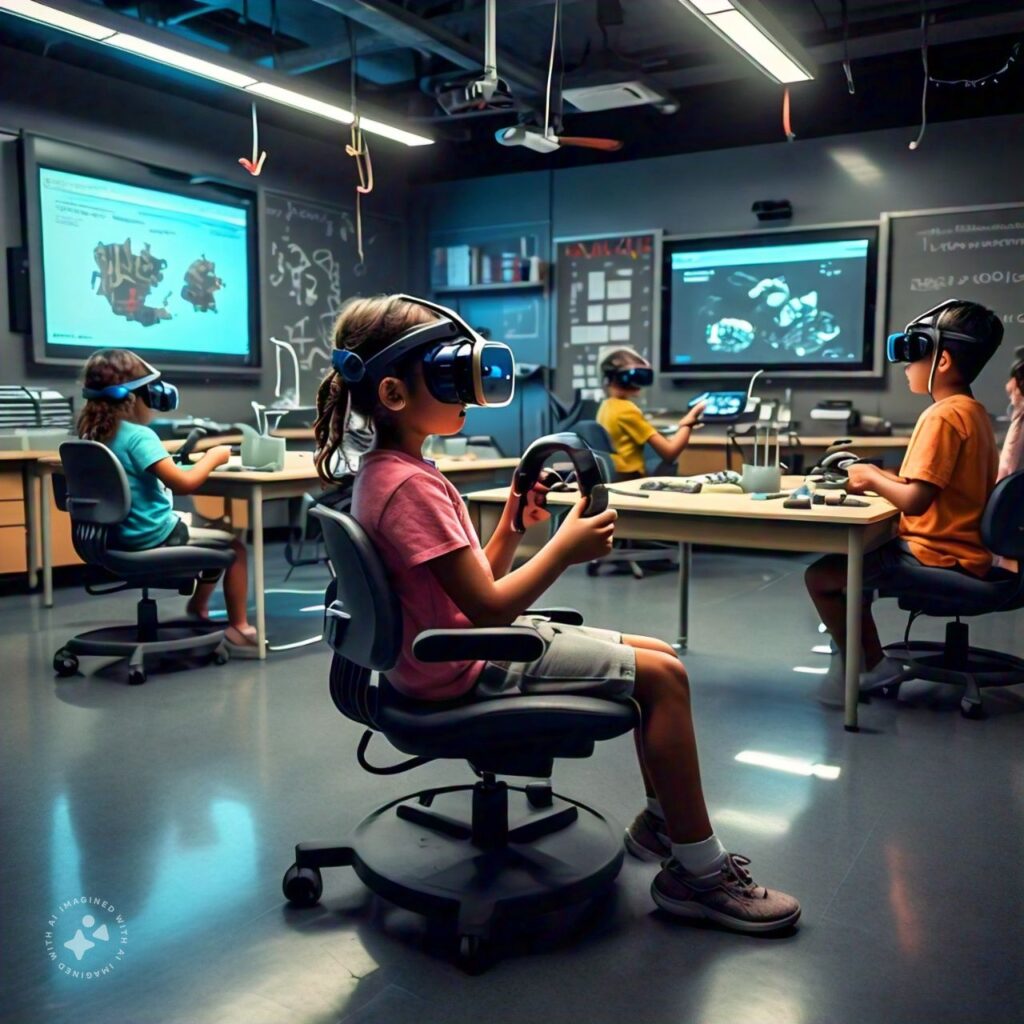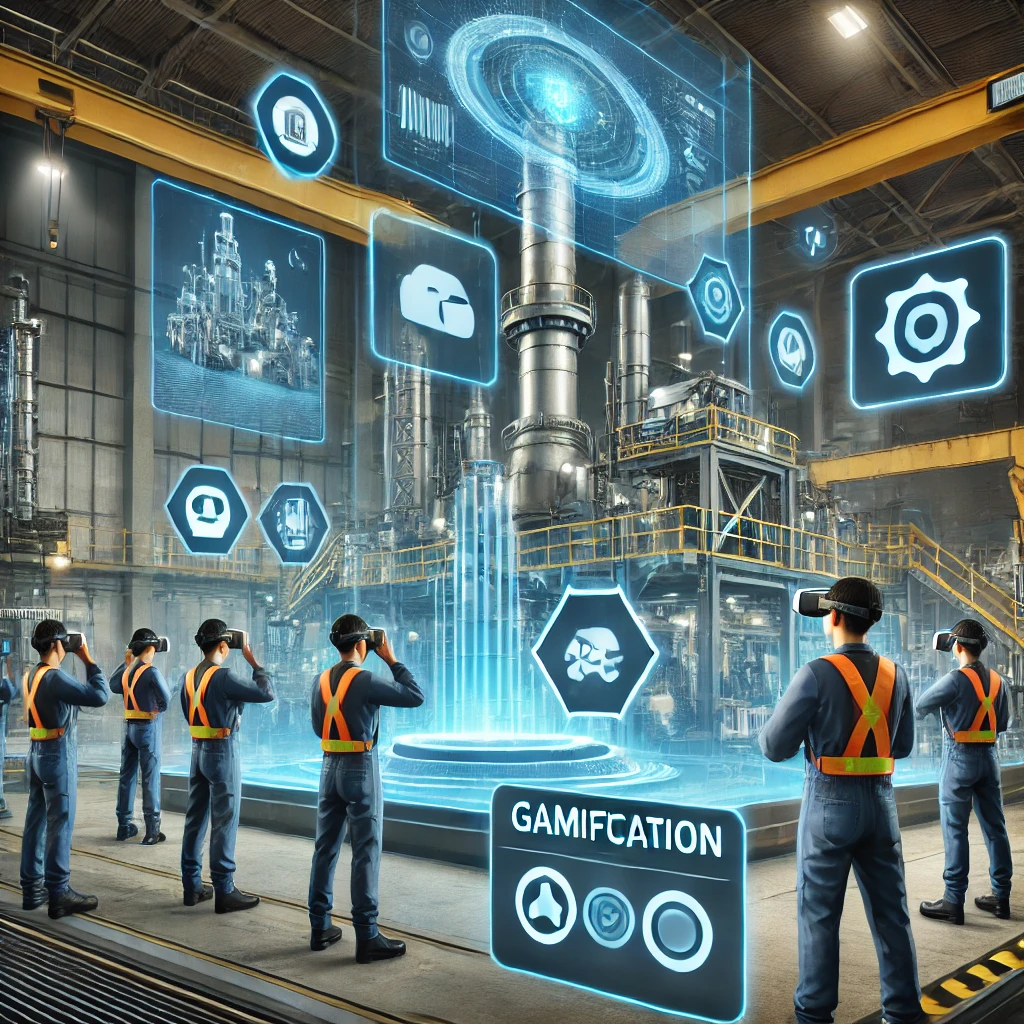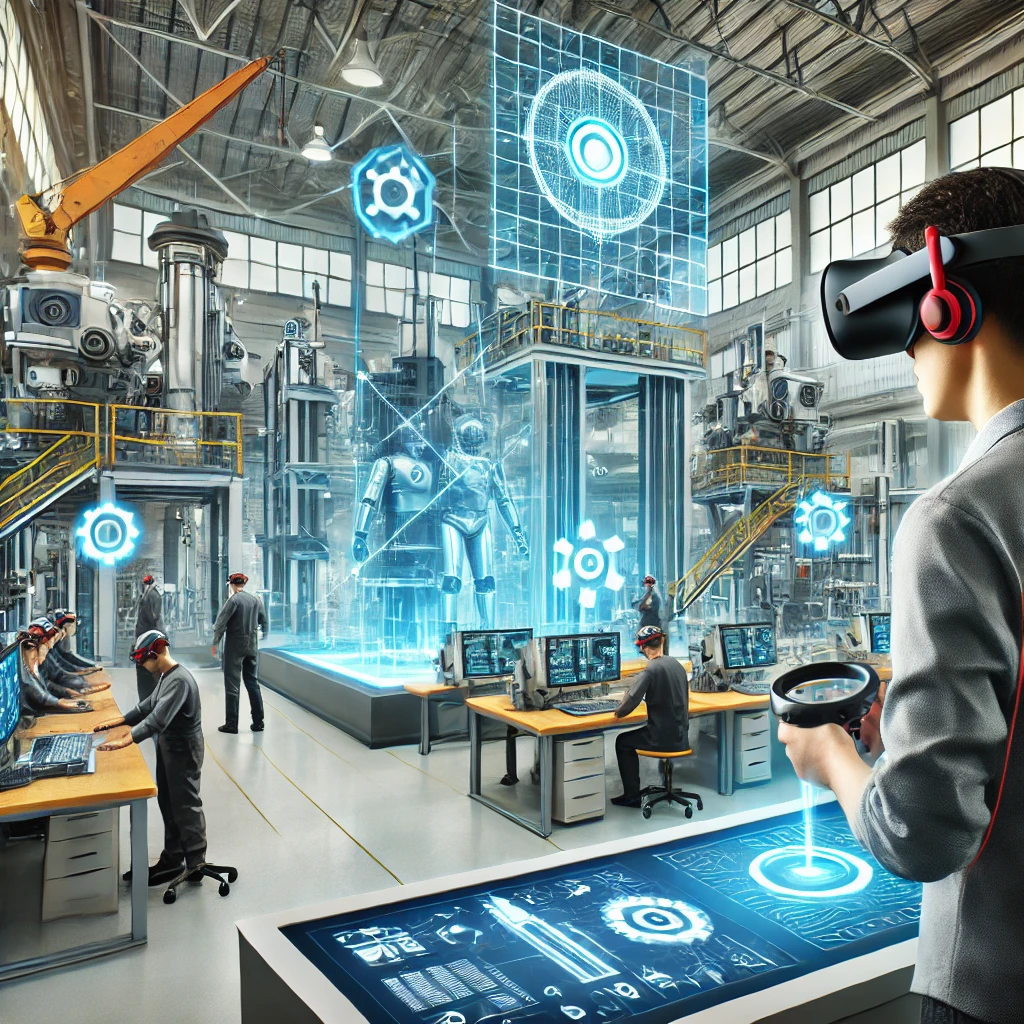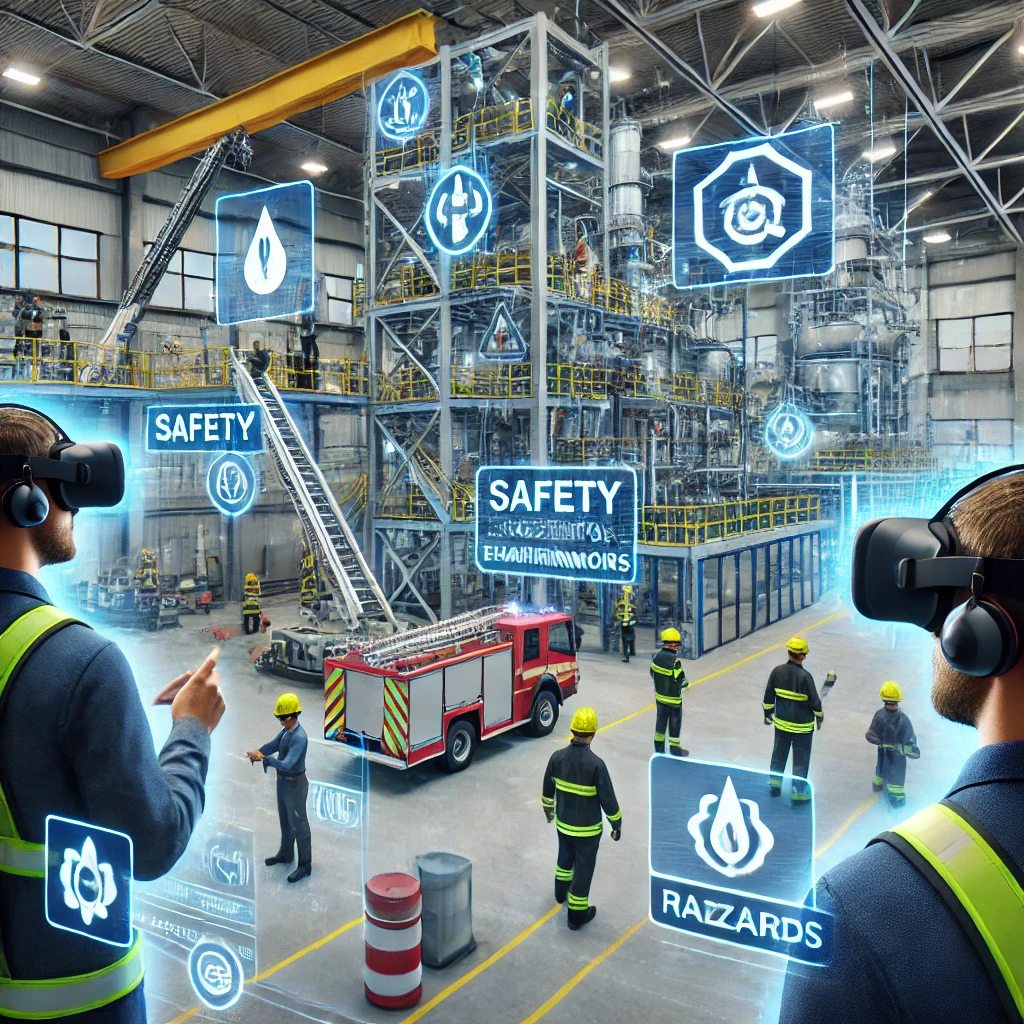NextGen Virtual Reality in STEM Education
NextGen Virtual Reality, designed with educational purposes in mind, provides students with interactive experiences across STEM subjects. Unlike traditional learning, VR in the classroom is more about “doing” than “listening.” This technology utilizes high-resolution VR headsets, sometimes combined with haptic feedback systems, allowing students to interact with simulations, solve problems, and conduct experiments in virtual worlds.
How does it work? VR gear includes headsets, controllers, and in some cases, gloves, giving students a tactile experience that immerses them in STEM content. For instance, a biology class can use VR to “travel” inside the human body, exploring cells and systems up close. In engineering, students might build and test virtual bridges, adjusting their designs based on real-time feedback within the simulation. This approach to learning is especially impactful for students who may struggle with abstract concepts; VR provides a visual, hands-on way to engage with these topics, enhancing comprehension and retention.
Educational developers are also creating software specific to STEM disciplines. Some platforms simulate lab environments where students can conduct physics experiments without lab equipment, while others allow for detailed visualization of mathematical concepts like geometry in 3D space. By using VR, educators are able to supplement traditional teaching with immersive, interactive learning.
Benefits of VR in STEM for Students and Teachers
The use of NextGen VR in STEM education brings a variety of benefits to both students and teachers. Here are some key advantages:
- Enhanced Student Engagement: VR makes learning more exciting and interactive. Students are more engaged when they’re involved in simulations rather than passive lectures. By exploring environments hands-on, they’re more likely to retain the knowledge and stay focused.
- Improved Understanding of Complex Concepts: Abstract STEM topics, like quantum mechanics or molecular biology, can be difficult to grasp through traditional methods. With VR, students can visualize and interact with these concepts in a tangible way. For example, rather than reading about atoms, students can examine a 3D atomic structure and manipulate it to see how electrons interact with protons.
- Equal Access to Experiential Learning: VR helps bridge educational gaps, providing all students, regardless of background or location, access to high-quality, experiential learning. Schools without expensive lab facilities can now offer a comparable experience virtually, ensuring equal learning opportunities for students across diverse regions.
- Teacher Flexibility and Curriculum Enhancement: VR offers teachers a way to diversify their lessons. They can incorporate VR modules as standalone activities or use them to reinforce traditional lectures, providing a blended learning experience. Teachers can also track student progress within the VR platform, adjusting lessons based on individual needs.
- Safe Learning Environment: VR allows students to safely experiment with high-risk topics. For instance, chemistry students can explore potentially dangerous reactions without any real-world risk, and physics students can simulate high-impact tests in a completely safe digital environment.

How VR is Transforming NextGen STEM Education
Real-World Applications in STEM Classrooms
The applications of VR in STEM classrooms are vast, and its potential is growing every day. Let’s look at how VR is currently used across specific STEM fields:
- Biology: VR offers an in-depth look at life sciences, taking students on virtual field trips to ecosystems or microscopic views of human anatomy. Biology students can explore cell structures, witness photosynthesis, and interact with DNA strands in ways that bring abstract concepts to life.
- Physics: VR is revolutionizing physics education by allowing students to simulate experiments without the need for physical lab equipment. They can study gravitational forces, experiment with Newton’s laws, or explore quantum mechanics in 3D simulations, enhancing understanding through immersive interactions.
- Chemistry: Chemistry can be a challenging subject due to its abstract nature and the need for laboratory work. VR platforms now simulate chemical reactions and molecular structures, allowing students to visualize reactions and experiment with compounds in a risk-free environment.
- Mathematics: VR applications can make math more engaging by illustrating concepts in 3D. Geometry and algebra are easier to understand when students can manipulate shapes and graphs in a spatial environment, giving them a stronger grasp of abstract theories.
Challenges of Implementing VR in STEM
While VR offers significant benefits, implementing this technology in schools presents some challenges:
- Cost of Equipment: VR hardware and software can be expensive, which makes it difficult for many schools to adopt. Schools must invest not only in the VR headsets and controllers but also in the necessary software and IT support to ensure a smooth learning experience.
- Technical Limitations: Not all VR setups are user-friendly, and technical glitches or performance issues can disrupt lessons. Schools need adequate support for hardware maintenance and troubleshooting, as well as reliable internet connections to support cloud-based VR systems.
- Teacher Training: For VR to be effective, teachers need training to incorporate it into their lessons properly. Without proper training, teachers may find it difficult to integrate VR in ways that truly benefit students, limiting the technology’s potential impact.
- Limited Content Availability: Although VR content for education is expanding, there are still gaps, especially in highly specialized STEM fields. Developers are working to fill this gap, but it may take time for content to cover a full range of educational needs.
Future of VR in NextGen STEM Classrooms
As VR technology continues to evolve, its role in education is set to expand even further. The future holds exciting possibilities, especially with the emergence of AI-integrated VR experiences. This advancement will allow students to interact with adaptive learning environments that adjust to their individual learning speeds and styles. We may soon see classrooms where students can “visit” historical scientific labs, conduct VR-based dissections with real-time feedback, or even create their own simulations based on personal learning needs.
The growing accessibility of VR, especially with the advent of cloud-based solutions, promises a future where every student can experience immersive learning. 5G networks will further enhance VR performance, making it smoother and more responsive, even on mobile devices. This could lead to VR becoming a standard tool in classrooms worldwide, particularly for STEM subjects.
Conclusion
VR is transforming the NextGen STEM classroom, bringing once-distant ideas to students’ fingertips. The future of education is undoubtedly bright with VR paving the way, creating a more engaging, inclusive, and effective learning environment for students everywhere. Interested in supporting ethical products? Try 100% pure shea butter from the African Fair Trade Society—it’s a great way to support fair trade while nourishing your skin.














Leave a Reply